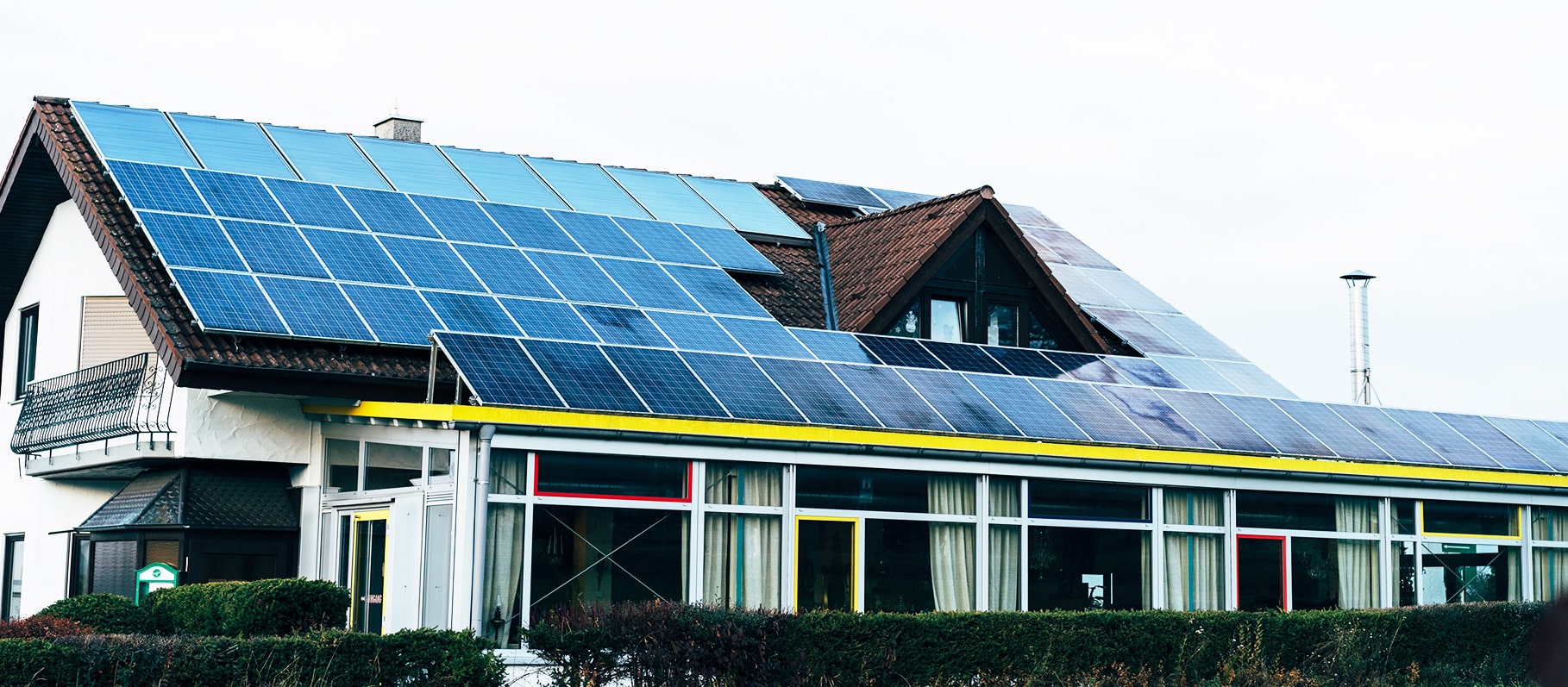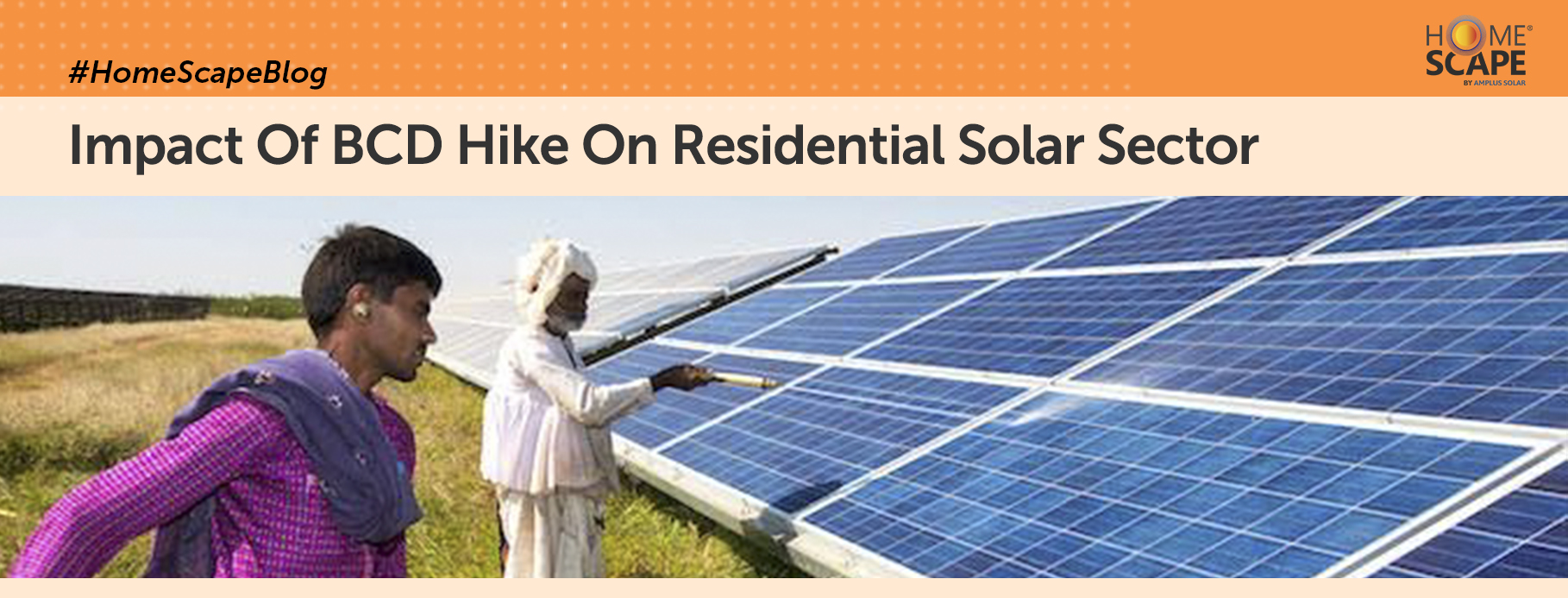Categories
21 July 2022
Solar Power Plant: Types, Working, Benefits, Technology & More
India receives ample sunlight throughout the year. It is time to leverage it by installing a solar power plant and [...]
01 March 2022
Impact Of Basic Customs Duty Hike On Residential Solar
In response to a long-standing demand from India’s solar manufacturing sector, the Ministry of New & Renewable Energy (MNRE) will [...]

